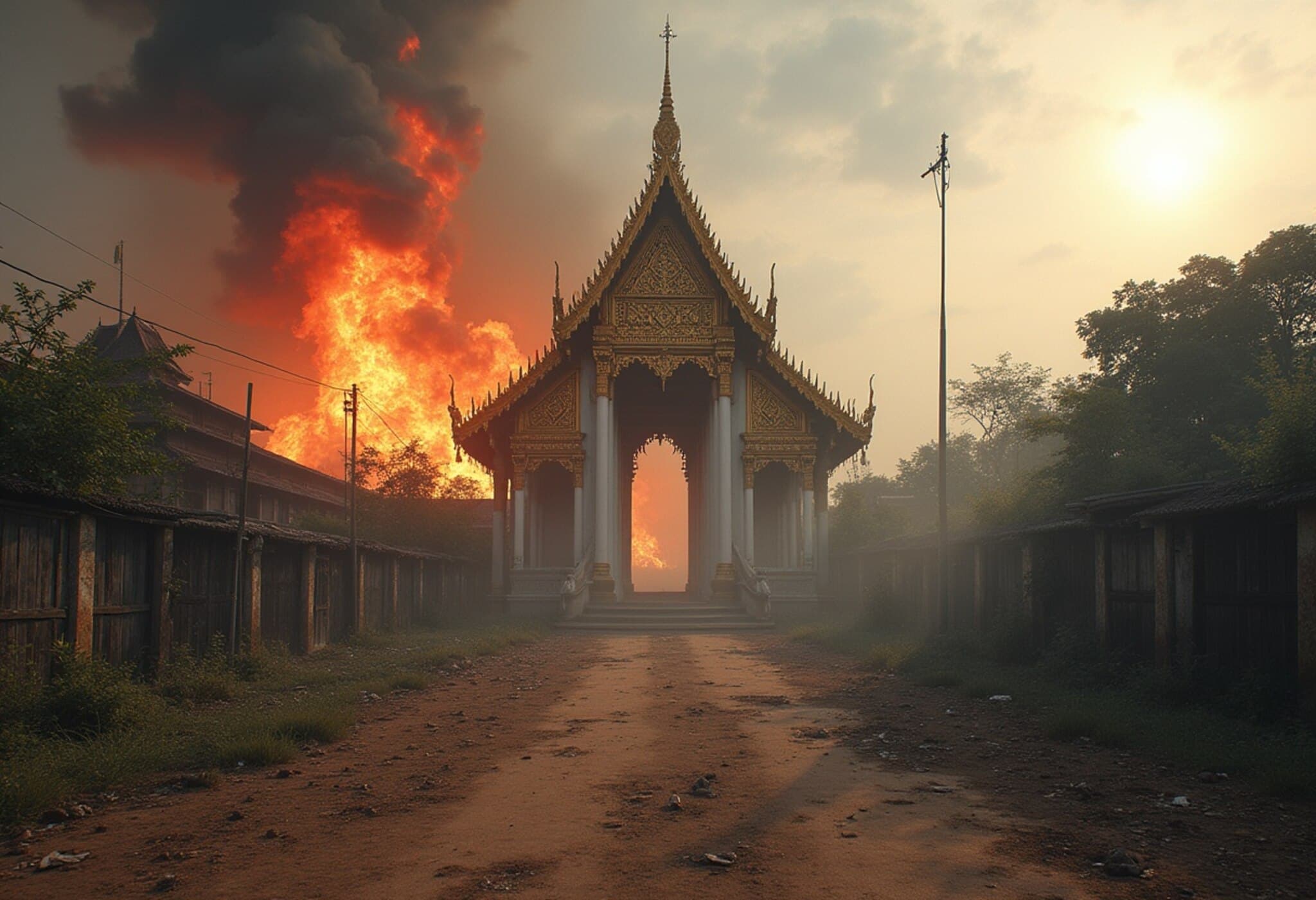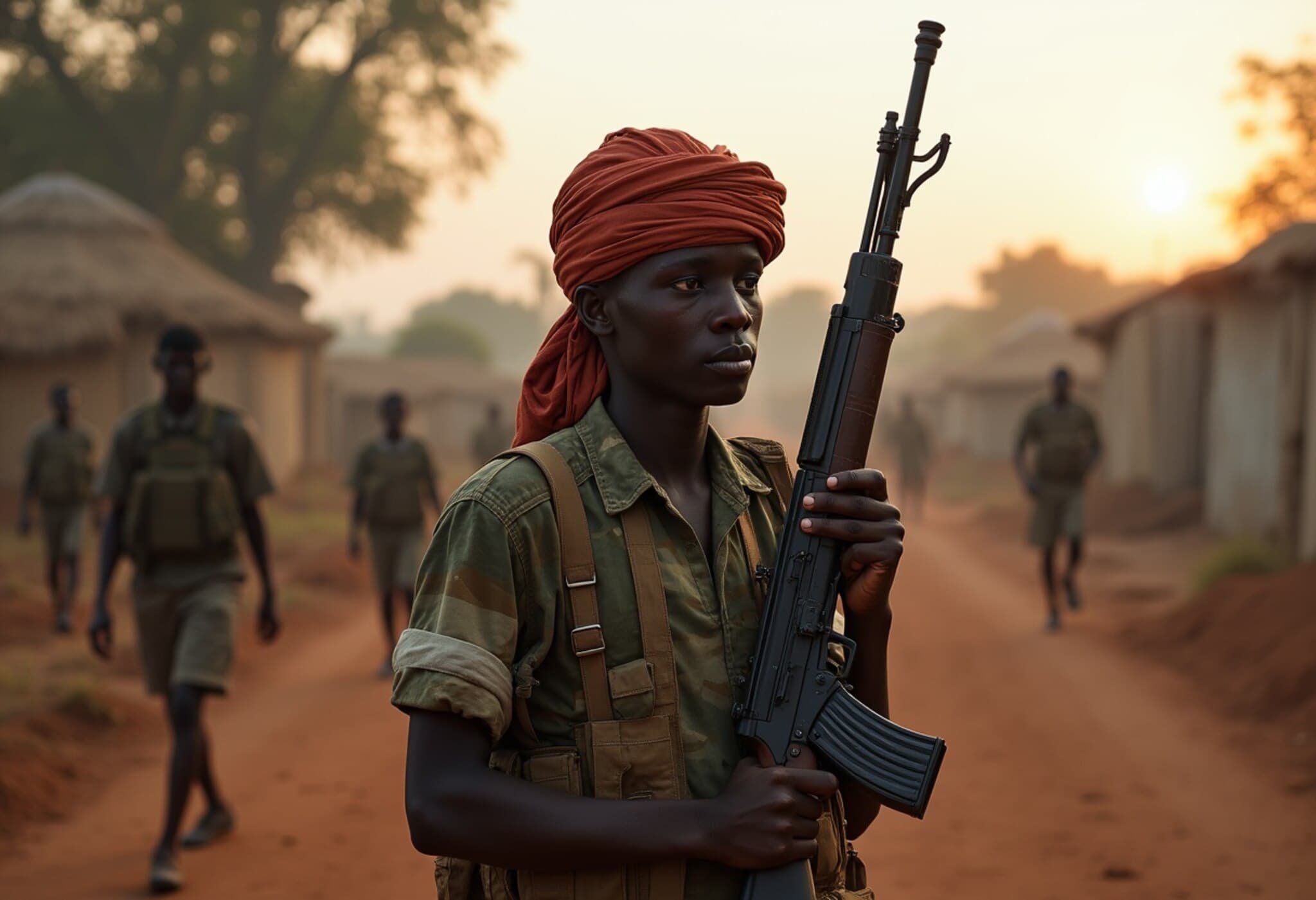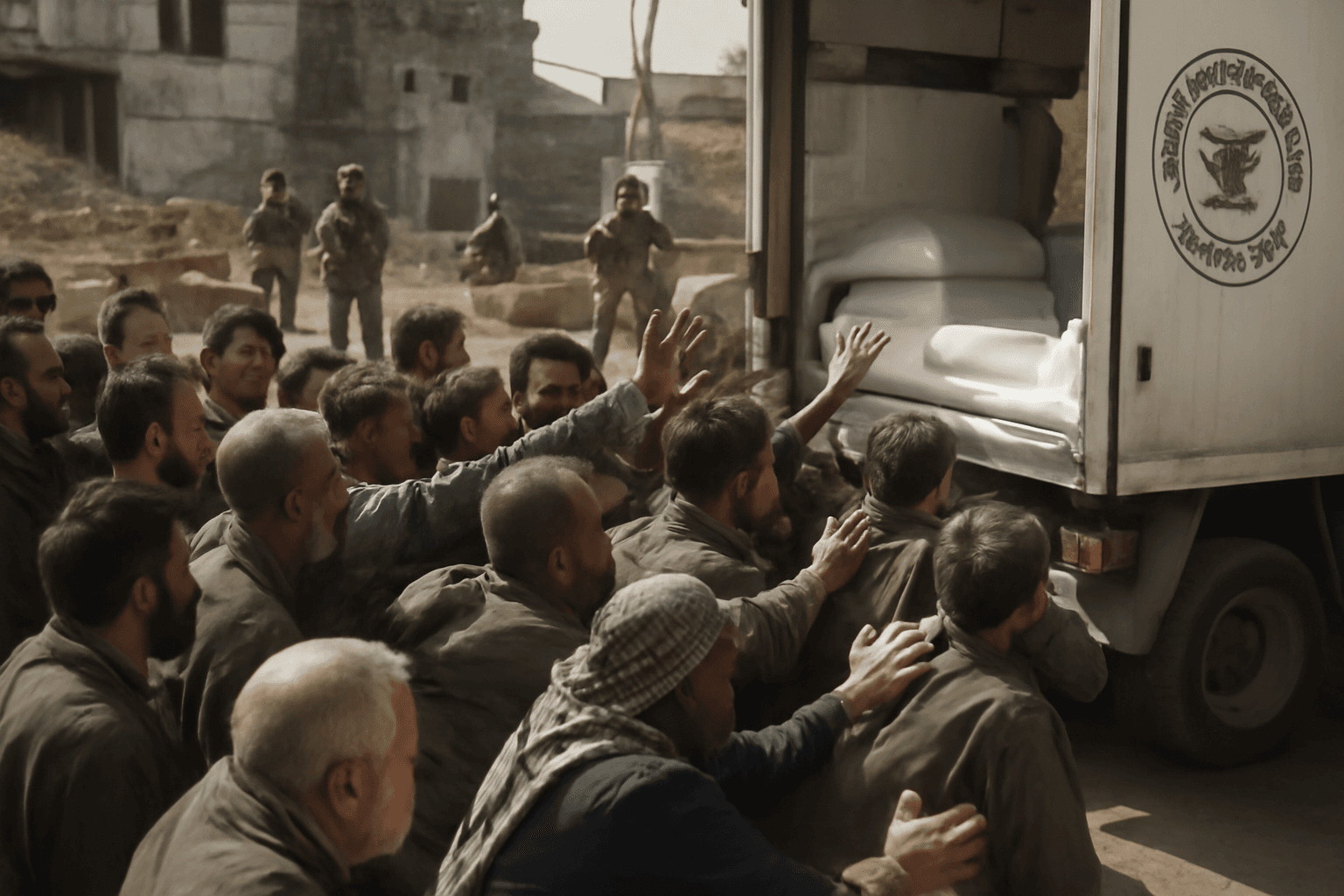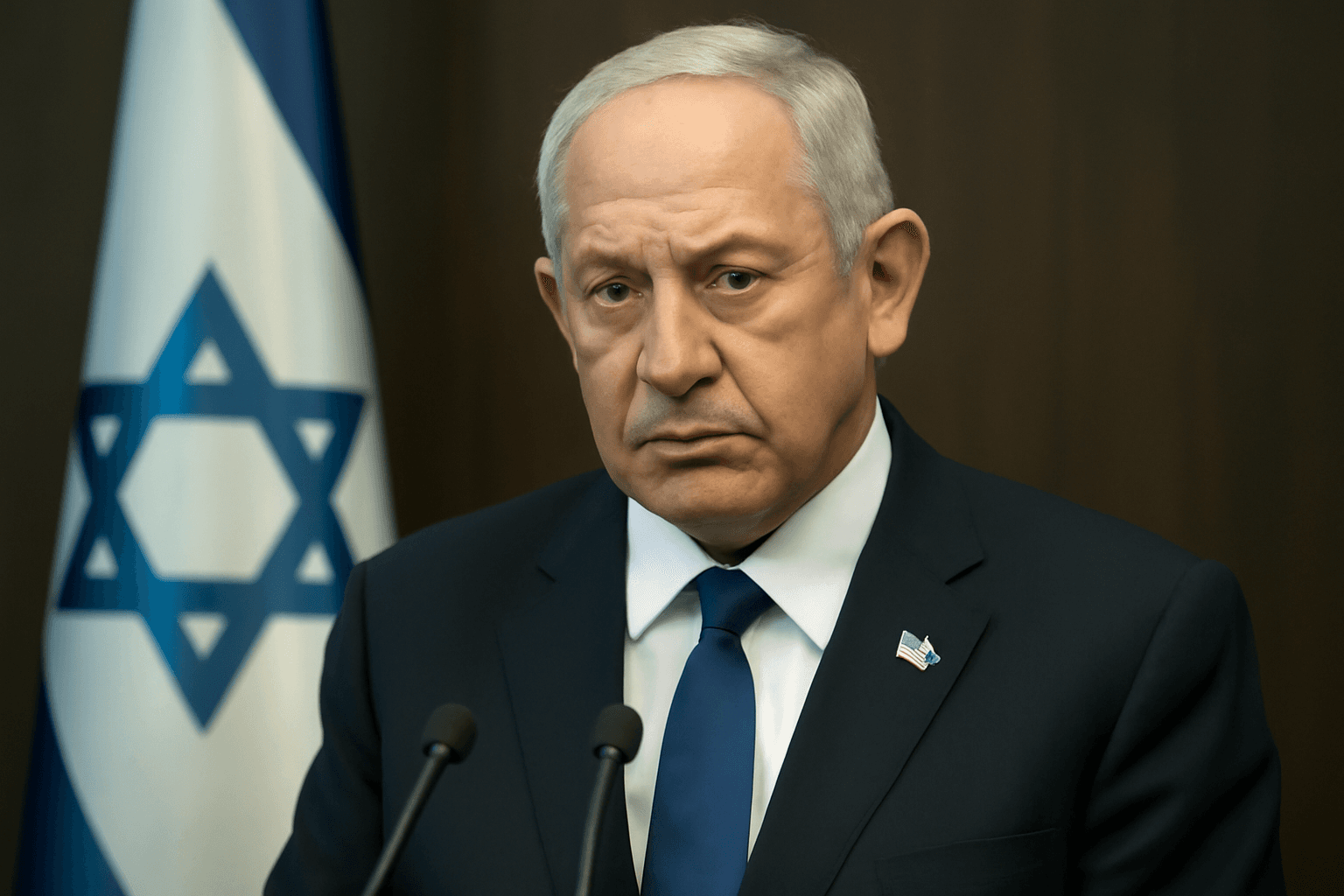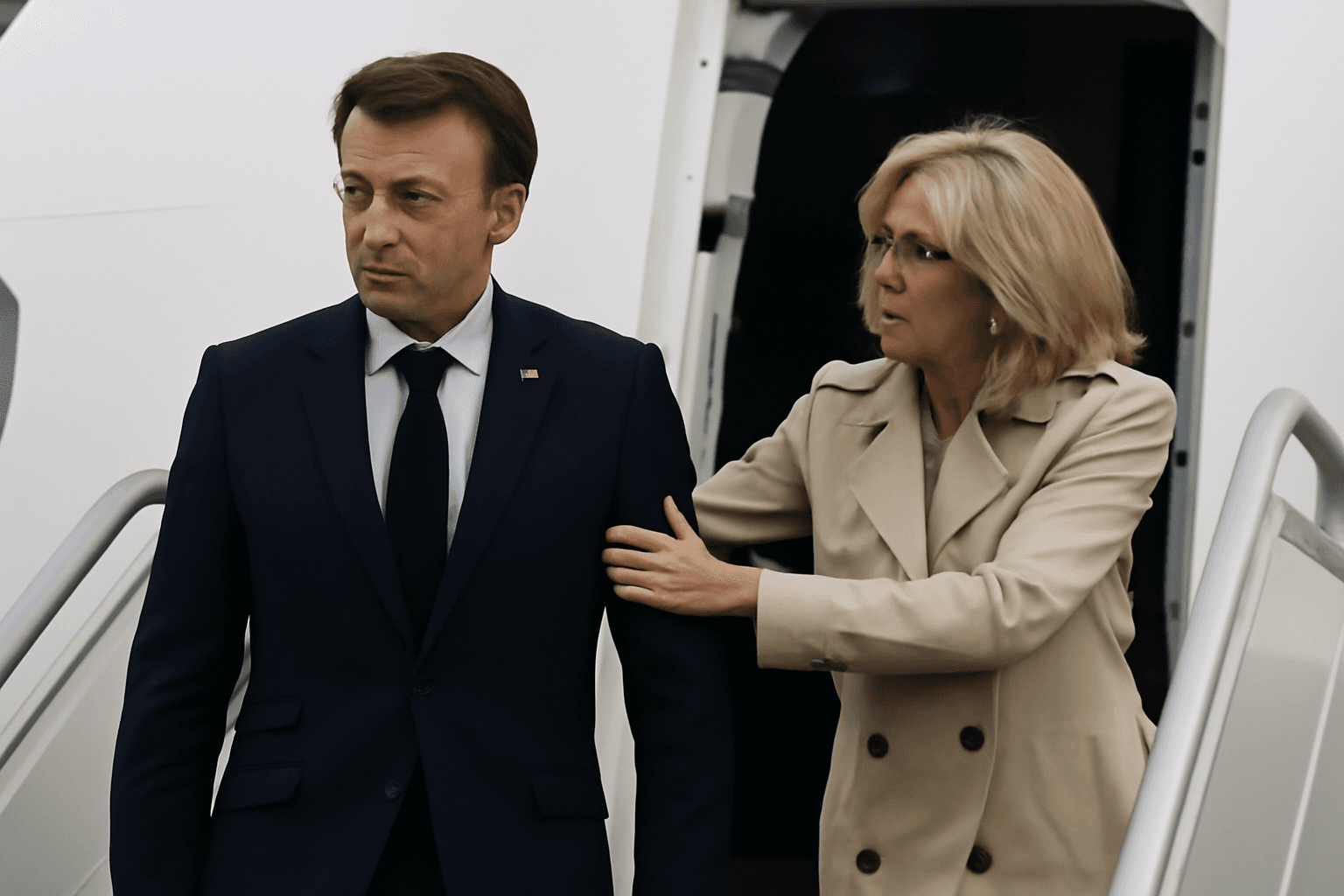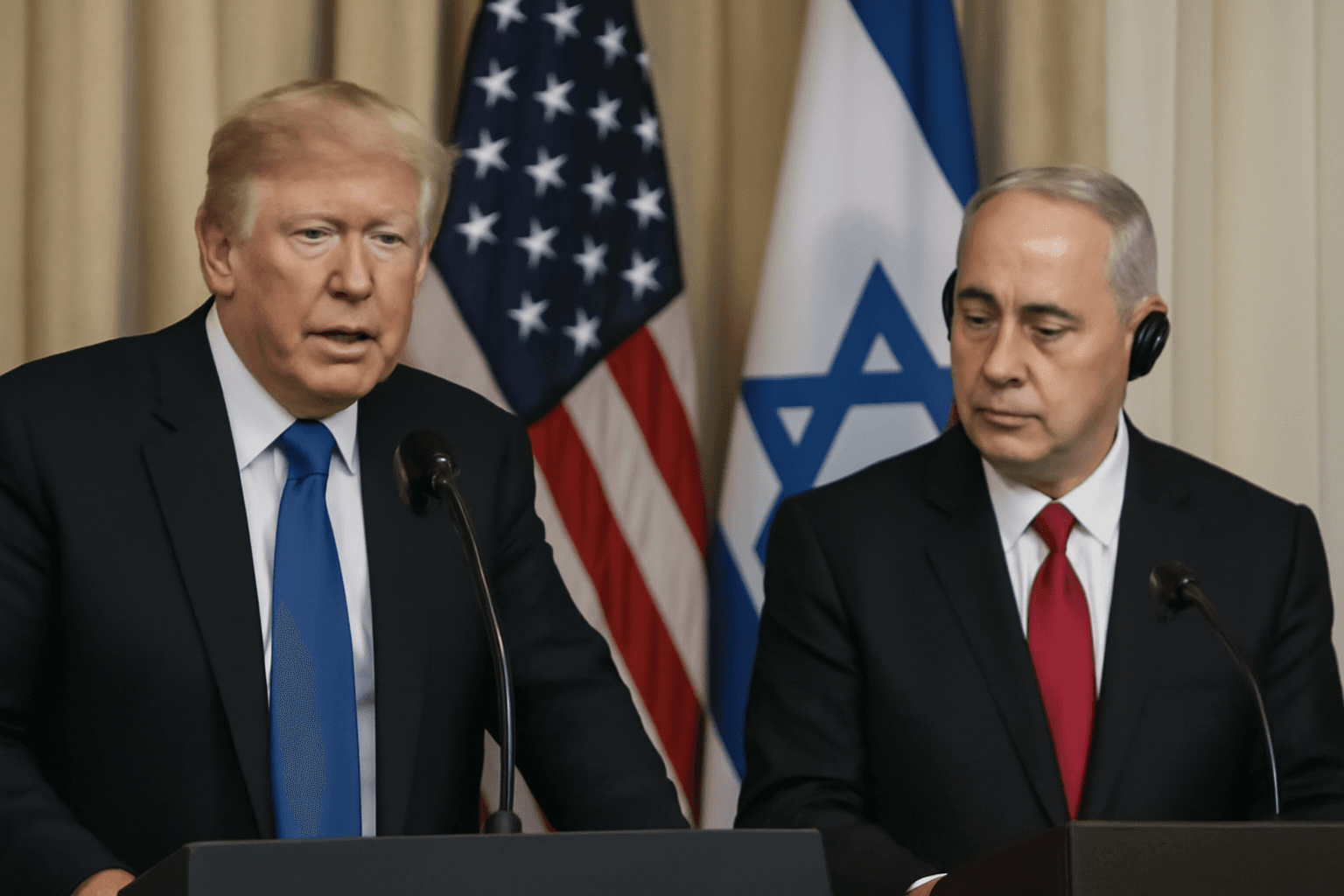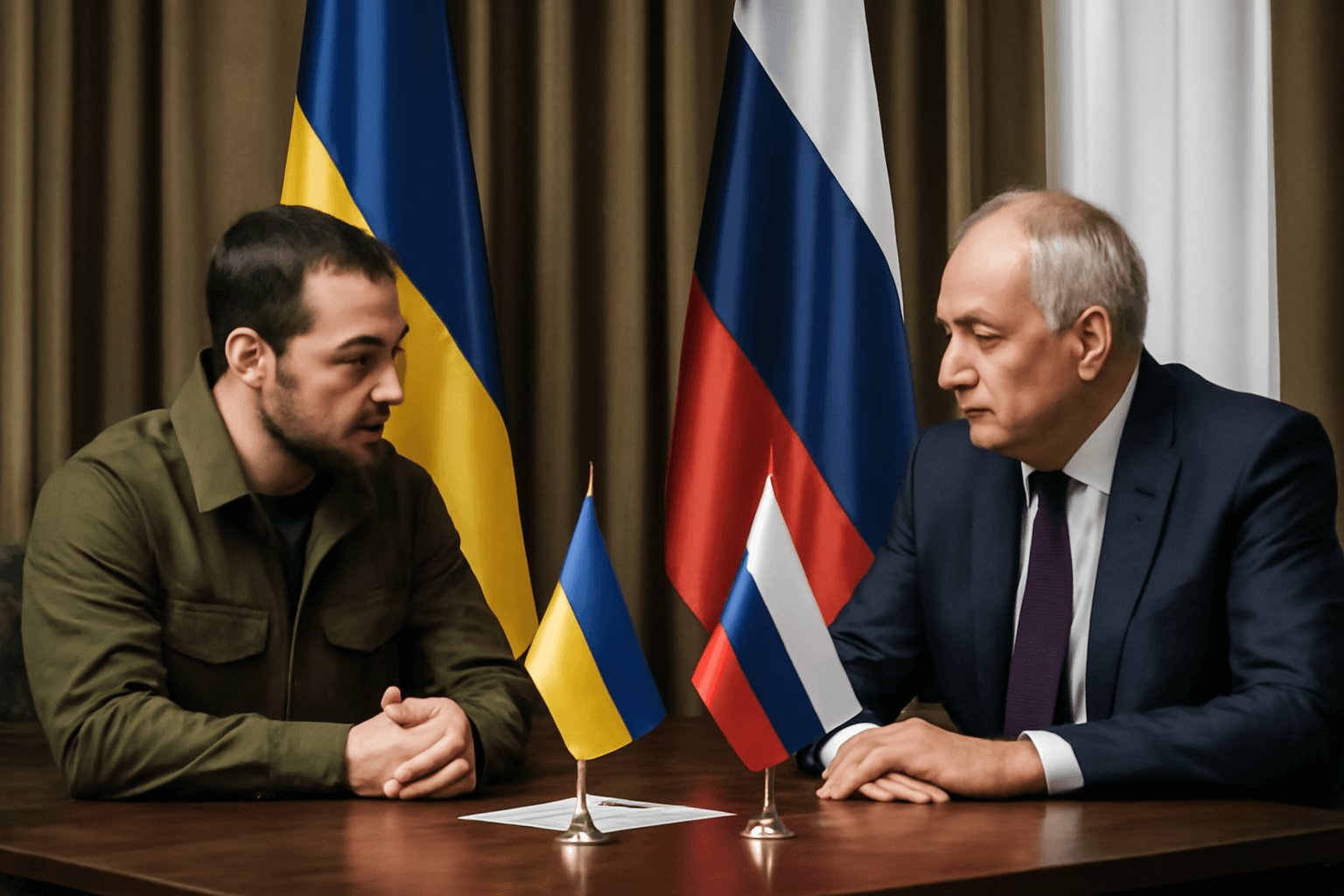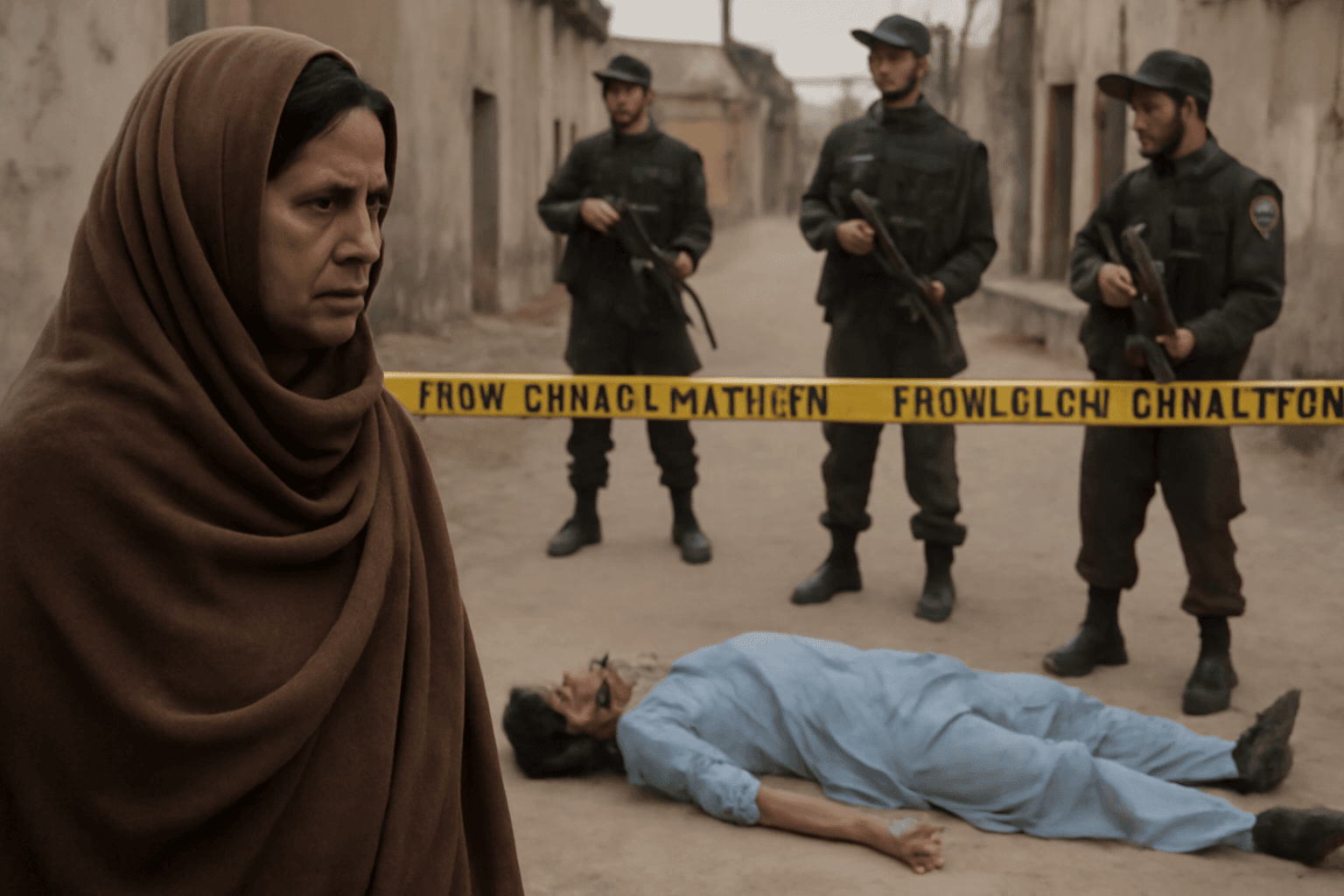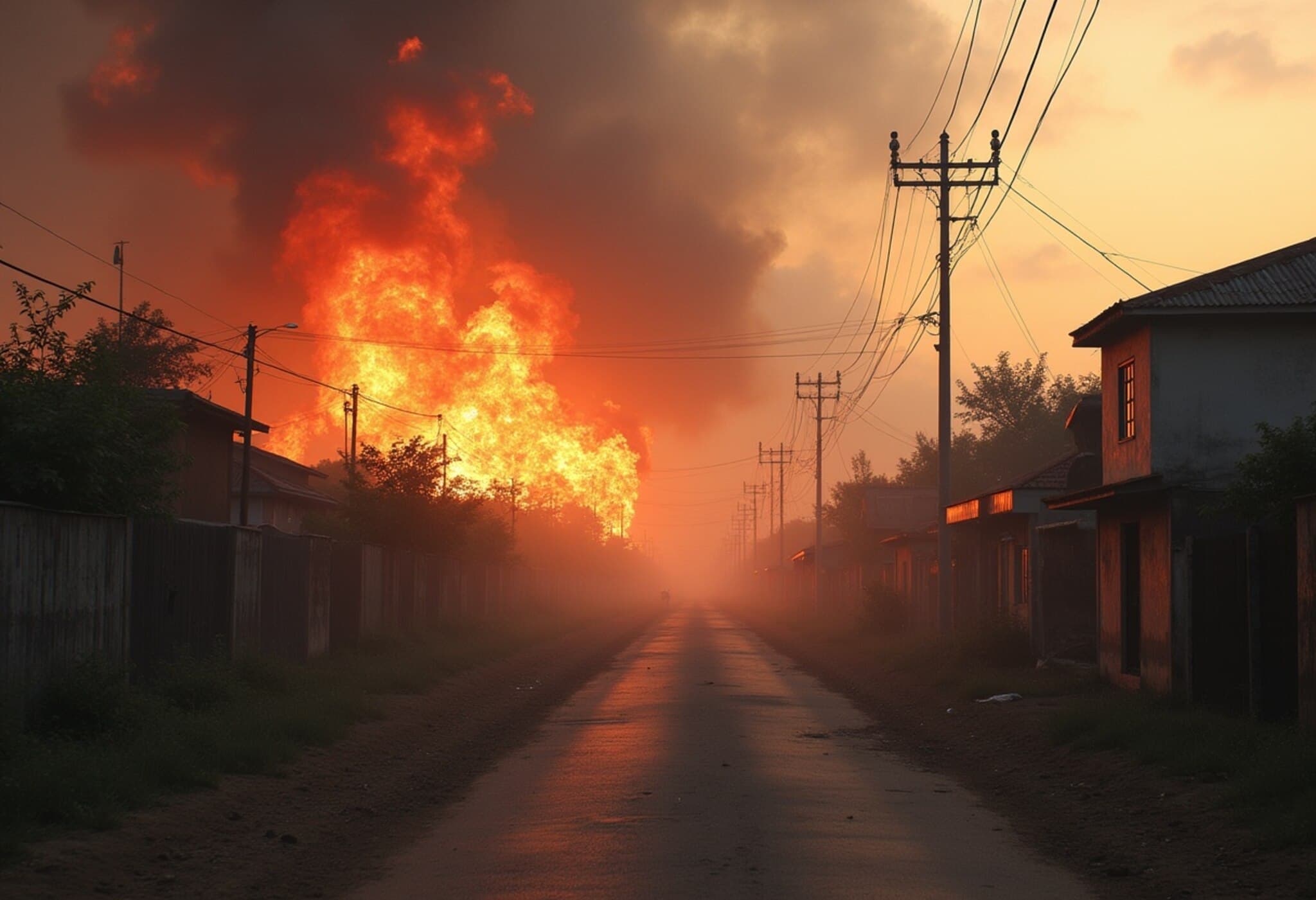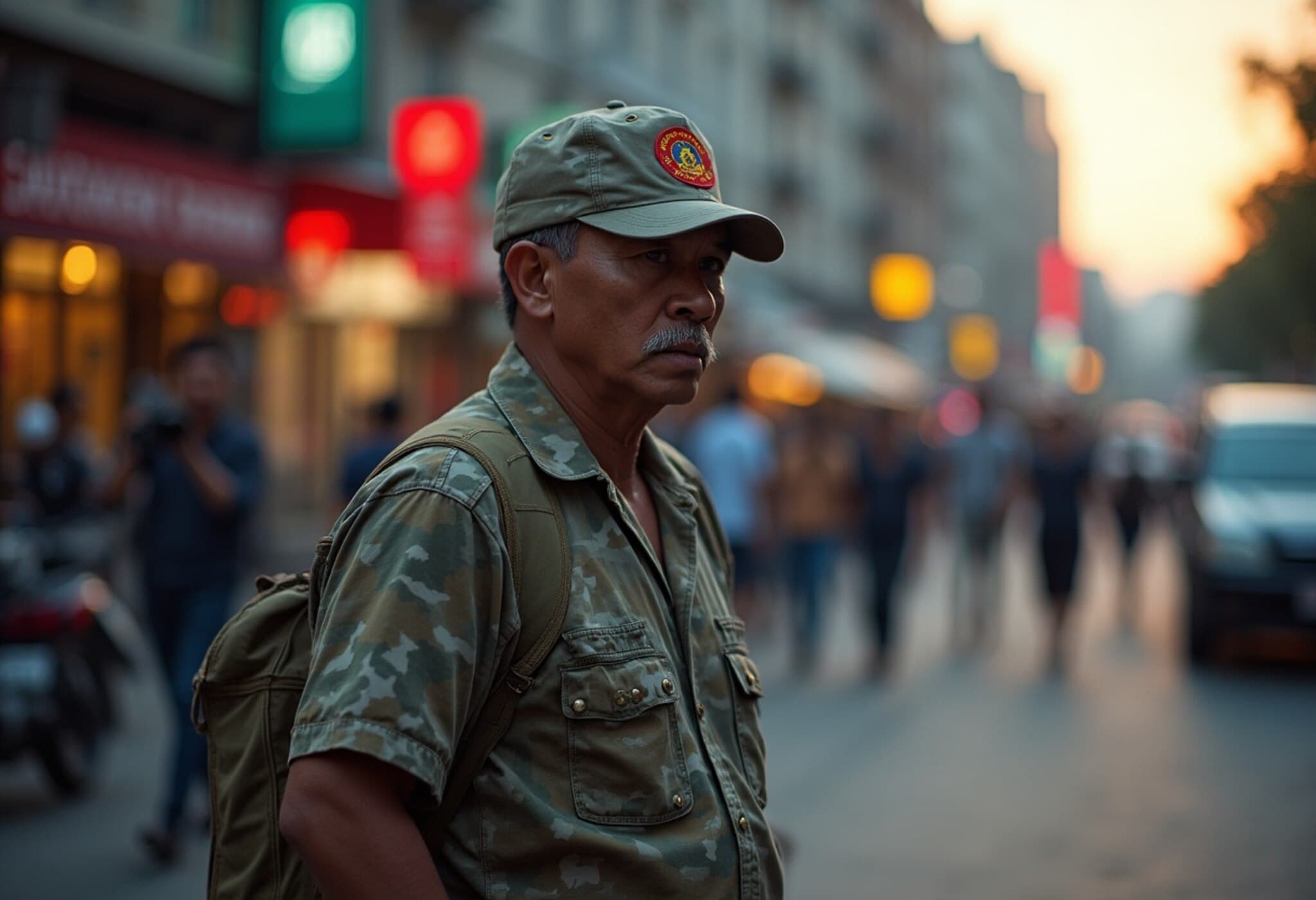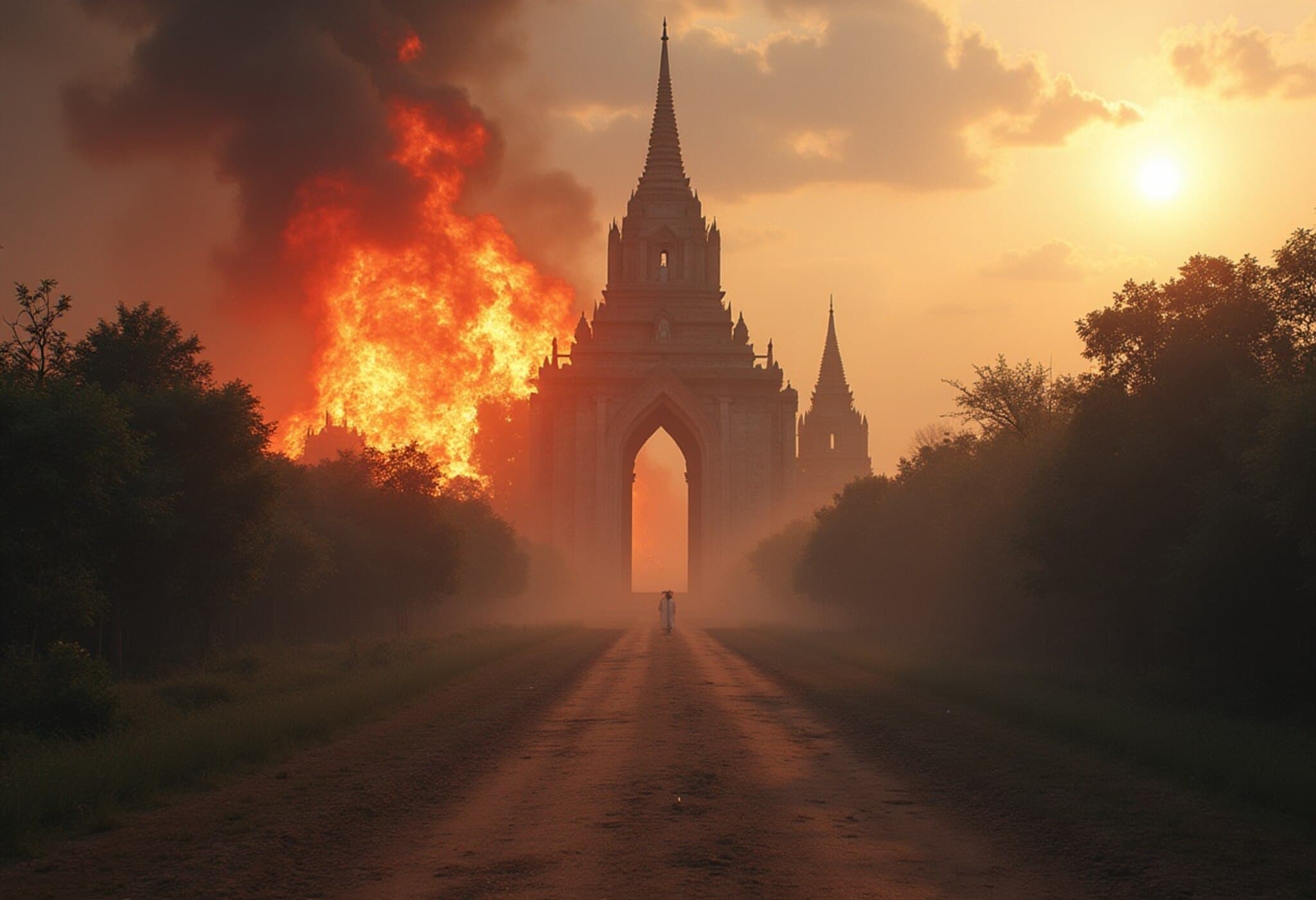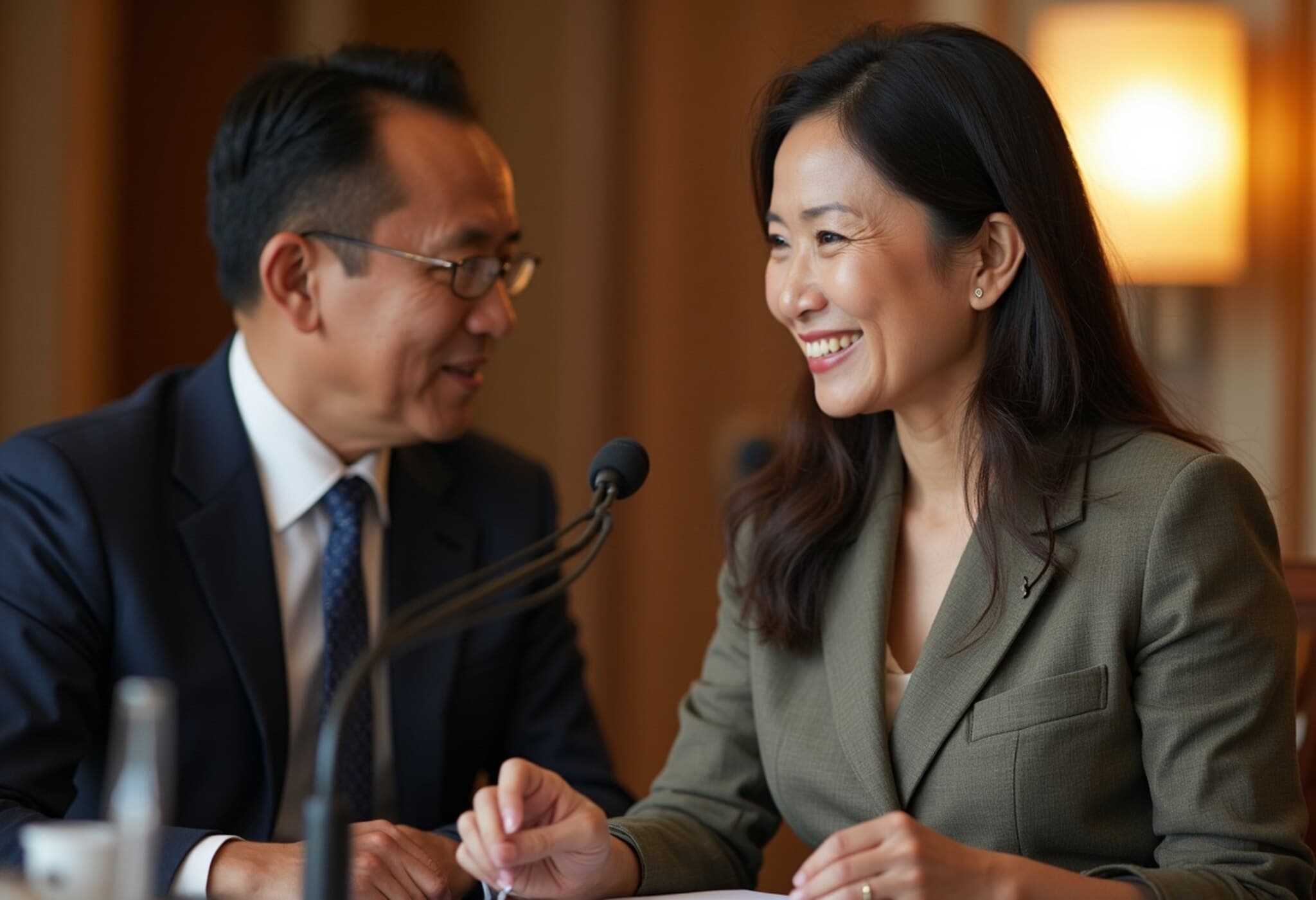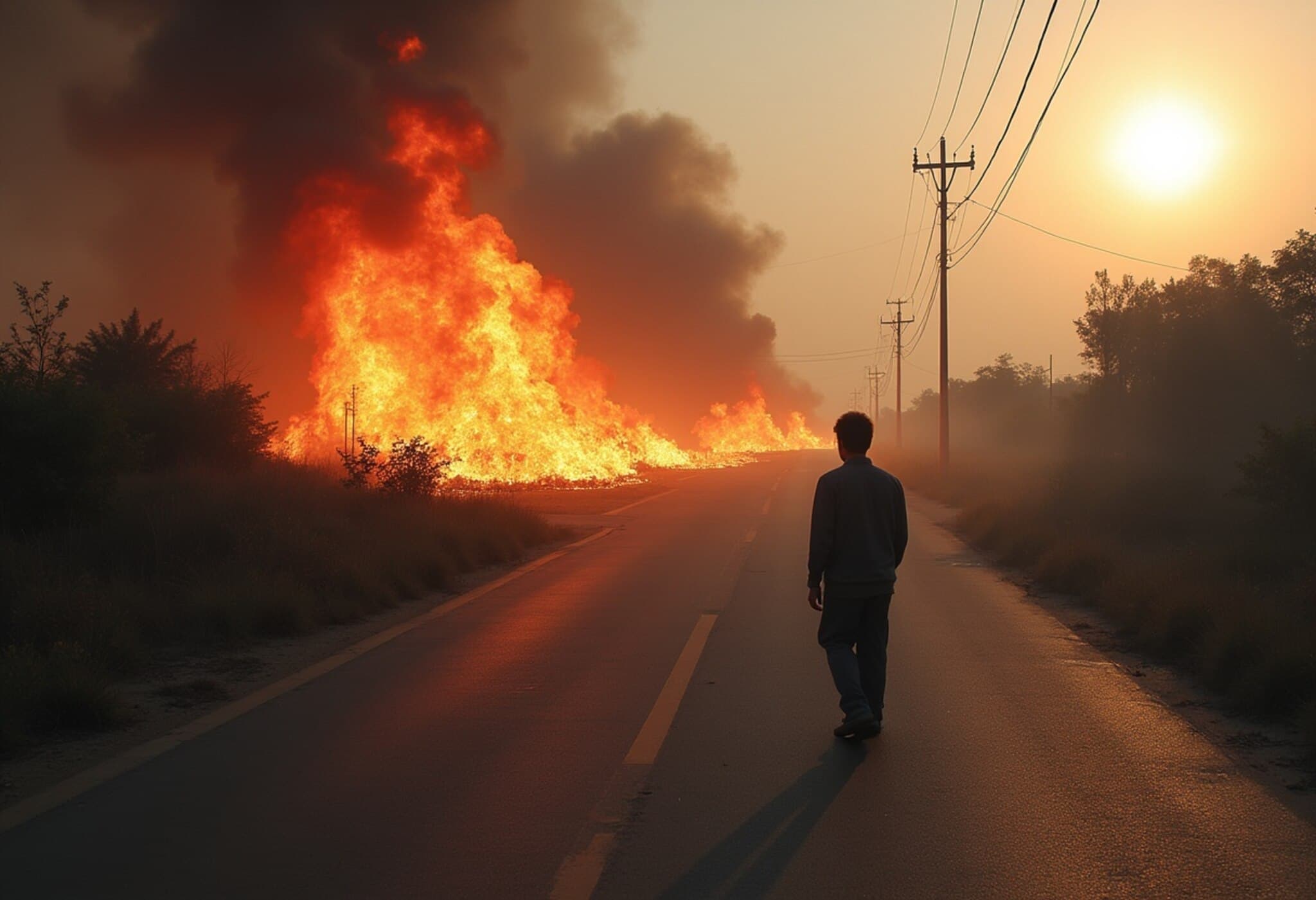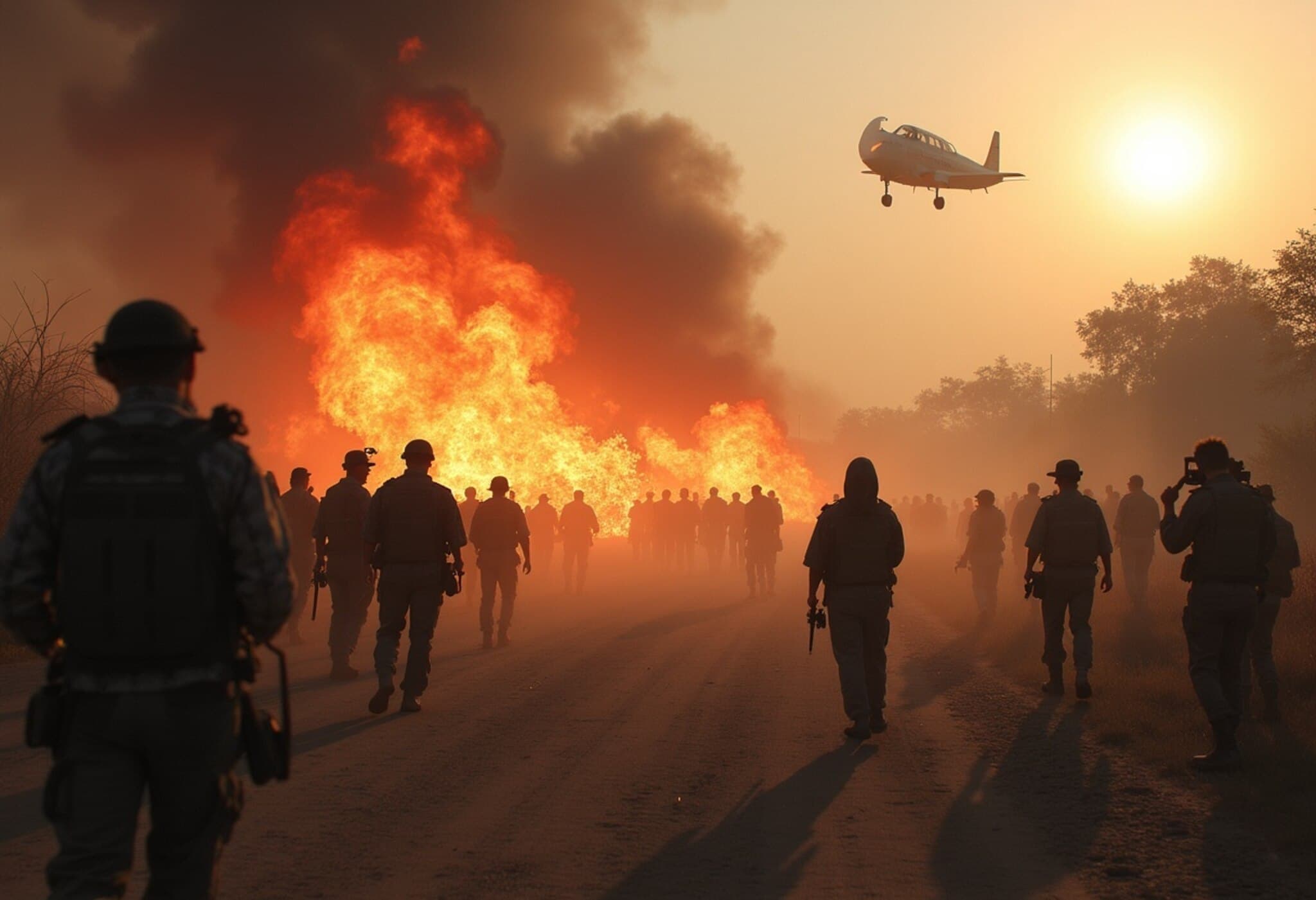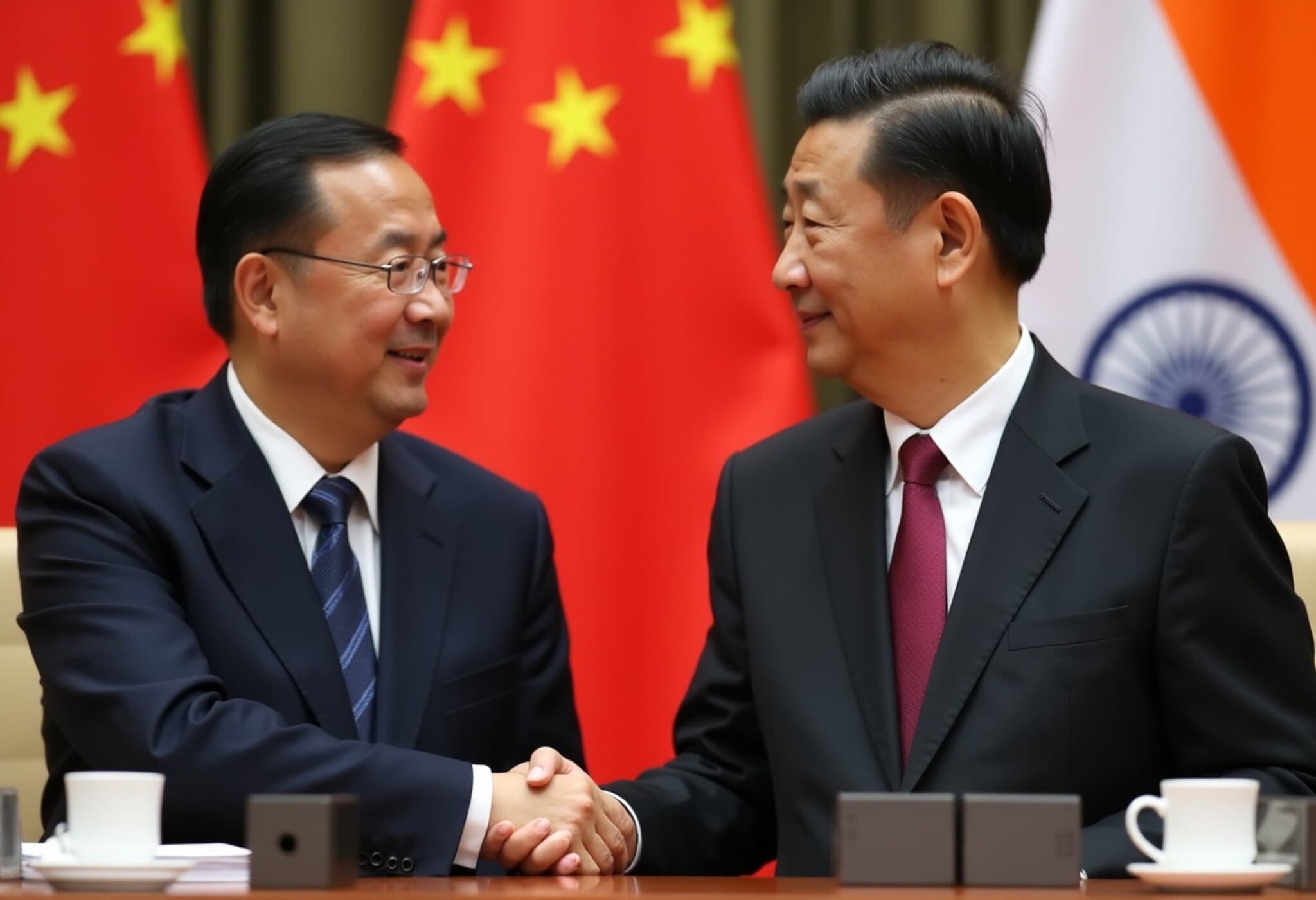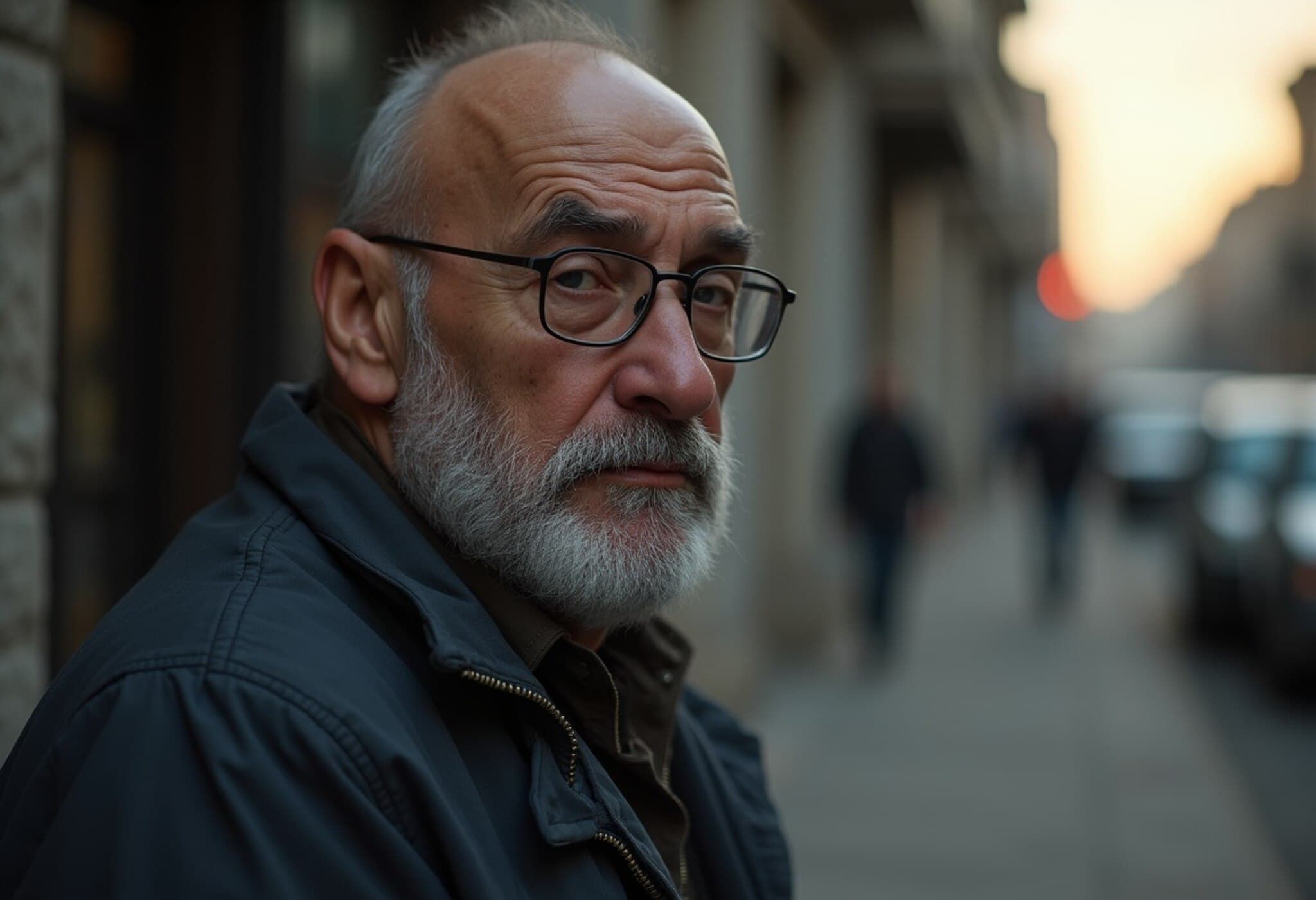Devastation at Ta Moan Sen Chet: A Community Amid Ruins
Samraong, Cambodia – Amid twisted metal, shattered stones, and tangled monks’ robes, Cambodians are grappling with the aftermath of a brutal five-day conflict that erupted in late July along the historically tense Thailand-Cambodia border. The Ta Moan Sen Chet pagoda, once a sanctuary of peace and worship, now stands in ruins, its concrete walls gouged and its dormitories collapsed under the weight of bombs dropped by Thai forces on July 24.
Teuk Buntoeun, the pagoda’s chief achar responsible for maintaining order and rituals, recounts how more than 20 people were gathered at the site when the bombing began shortly before 5 p.m. The attack tragically claimed the life of Kheang, a 73-year-old lay worker who had been given shelter at the pagoda after becoming homeless. “He was crushed under collapsed walls,” Buntoeun laments, gesturing to debris littered with fragments labeled "for use on MK82," indicating recent airstrikes.
The Cost of War on Civilians and Sacred Sites
Just a few kilometers from the pagoda sits the nearby Ta Moan Sen Chey Primary School, a place that had welcomed 30 young pupils up until the day before the conflict began. The kindergarten classroom was left ravaged by bombing, with shrapnel-pocked walls and destruction so severe that the school principal, Lay Phalla, struggled to grasp the future. “We don’t know what will be the next step,” he says, his voice tinged with disbelief, “We will ask for donations.”
The attack on civilian infrastructure, including religious and educational institutions, echoes a deep pattern in conflicts where landmarks representing cultural identity become unintended or deliberate targets. This raises critical questions about adherence to international humanitarian law in the region, particularly the Geneva Conventions’ explicit protections for non-military sites.
Historical Context Fuels Tension Along the Dangrek Mountains Border
Border clashes centered on temples like Ta Moan Thom, situated along the Dangrek mountain range, touch on longstanding territorial disputes. These sites are not merely religious landmarks but strategic locations that historically served as refuges during the Khmer Rouge’s brutal regime and remain vital for military positioning. In February, a provocative gathering of Cambodian citizens singing patriotic songs at Ta Moan Thom exacerbated tensions, prompting stern warnings from Thai officials.
The simmering conflict escalated following an earlier skirmish in May near the “Emerald Triangle” — the junction where Thailand, Cambodia, and Laos converge — illustrating the volatility of ambiguous borders that are subject to shifting claims and nationalistic fervor.
Civilian Suffering and Displacement
While precise casualty figures remain elusive, estimates indicate over 40 deaths across both countries, with Thai civilians reportedly bearing the highest toll. Among the harrowing stories is that of civilian Khek Vin, wounded by shrapnel after artillery struck his home near Ta Krobei Temple.
The violence has forced hundreds of thousands to flee their homes, seeking refuge with relatives or in crowded camps. Families like that of newborn Lin Kakada, born amidst the chaos as they fled conflict, highlight the human dimension often lost in geopolitical analysis. Living conditions in displacement camps are harsh, with mothers like Hong Srey Rith struggling to provide basic necessities amid uncertainty and fear.
Diplomacy, Ceasefire, and Lingering Distrust
The conflict officially subsided with a ceasefire on July 28, brokered partly under international pressure, including significant trade threats from the United States under then-President Donald Trump. Despite this, violations have reportedly continued, and at least 16 Cambodian soldiers remain detained in Thailand, underscoring fragility in peace efforts.
Propaganda and misinformation have compounded mistrust, with fake images circulating online and unfounded allegations such as the deployment of toxic smoke weapons by Thailand, a claim that remains unverified yet deeply believed by some, including grieving families.
Expert Insights: Implications for Regional Stability
Experts highlight that these border skirmishes are symptomatic of deeper unresolved disputes and nationalistic posturing that could, if unchecked, destabilize the broader ASEAN region. The ambiguous nature of the border and overlapping claims over cultural heritage sites require urgent diplomatic engagement and confidence-building measures to prevent further escalation.
Moreover, international legal oversight bodies might reconsider mechanisms to ensure greater compliance with humanitarian principles amid such conflicts, given the evident civilian suffering.
The Human Dimension: Voices from the Frontline
On the ground, a unanimous desire for peace resonates among Cambodians from farmers to frontline soldiers, exhausted by the pain and disruption. Their stories — from elderly residents like 98-year-old Ron Touch, haunted yet resilient, to families torn apart by loss — remind us that behind every geopolitical flashpoint are individuals yearning for safety and normalcy.
Editor’s Note
The recent border clashes between Thailand and Cambodia illuminate how fragile peace can be when historical grievances intersect with strategic interests. While political leaders negotiate ceasefires, the true cost of conflict is borne by civilians trapped in shattered communities and disrupted lives. This reportage calls upon policymakers, regional organizations, and global actors to prioritize human security and cultural preservation as foundational to lasting peace. How can both nations reconcile centuries-old territorial claims with modern principles of sovereignty and human rights? And what role should the international community play in supporting reconciliation and rebuilding post-conflict trust?

